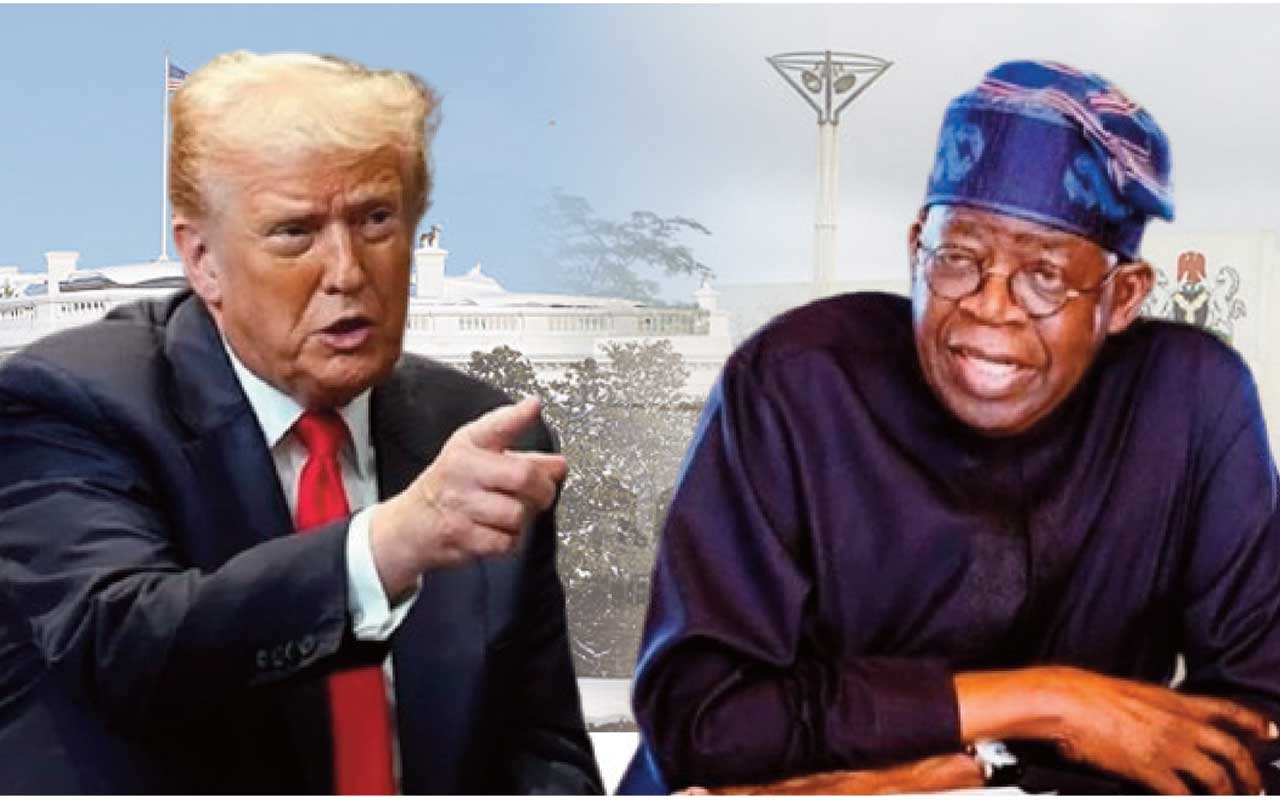
PHOTO:www.afreximbank.com
The Africa Export-Import Bank plans to raise the level of intra-regional trade in Africa by 50 per cent in the next five years to reach a trade volume of 250 billion US dollars. CNBC Africa’s spoke to Kanayo Awani, Managing Director for Intra-Africa trade at Afreximbank on her plans to deepen trade on the continent.
AWANI: There were three considerations. The first being the level of intra African trade today, 15 percent and at 170 billion dollars, the second was the level of informal intra Africa trade, some statistics put it at 70 billion on the lower side and another put it at 140 billion dollars. The third is the level of diaspora trade and I think at this point in time, it’s probably right to say that the definition of African trade is the trade of goods and services among African countries and the flow of trade between Africa and Africans in the diaspora.
Those were the three main considerations that caused us to target 250 billion dollars by 2021. We are also riding on the enthusiasm of the political will that is on the high at the moment. In 2012, the African union endorsed an action for boosting intra Africa trade and the formation of intercontinental free trade area for Africa. Those factors mean that we will expect intra African trade to increase. Beyond that, we want to leverage partnerships for instance, like the African union to be able to drive that target.
Being at the helm of bringing this strategy to life, based on what you said about the level of informal African trade on the African continent, how do you plan to tap into this category and bring them on board to ensure that you are able to hit this target?
AWANI: The United Nations for economic commission for Africa puts the level of registered and declared trade at 60 percent so that suggests the level of unregistered and undeclared trade at 40 percent which is a significant amount of informal trade.
To champion and implement this strategy, Afrexim bank will draw from the strength of our core business which is trade finance which are things we have usually done. We render our services in three broad ways actually; Credit, which is trade and project financing, risk bearing guarantees instrument and advisory services, we already have a menu of products around trade finance so we will continue to work on that to gain some quick wings. Part of my job is also to facilitate the ease and seamless flow of trade intra regions. That will include basically a lot of policy, advocacy and government relations, trade information and advisory services, nurturing partnerships to work with and looking to mobilize resources for infrastructure project. We realise that in Afrexim bank, we are not really a heavy infrastructure bank, so we need to help to mobilize resources to deal with the infrastructure gap. For informal trade, one of the things we are planning to do as part of our immediate initiatives is an online payment platform which will basically do three things. That platform will formalise the form of trade, enable cross border payment and will help reduce the foreign exchange cost of trade.
Can you touch the core pillars of the Afrexim Bank strategy?
AWANI: We have three and a half pillars. Those are what we call the create, the connect, the deliver and the measure. ‘The create’ like the name suggest is to create the trade and that talks of the processing capacity. It is used to create interventions that will enable the trade to be created. The second pillar is ‘the connect’, that pillar will enable us Intervene with the connection between the buyers and the sellers, in this space; we will be dealing with institutions and agencies to facilitate the connections. These agencies and institutions are what we call the connectors, an instance of that is the export trading company, those who would be connectors or large manufacturers that also do import and export. A connector also will be the financial institution that provides support services, and then third pillar is what we call the ‘deliver pillar’.
What ways can countries expand existing trade activities?
AWANI: Our perspective is that our countries have to undergo export transformation and export diversification otherwise this will just be one of the issues we have overtime. What export transformation and Export diversity will then mean is that, it will enable intra African trade when you diversify your exports. The other thing is also that it will expand the traffic but closely knit to that is value addition and industrialization. It deals with the supply side constraints. By value addition, you expand your exports and revenues; you also get more value from your exports aid.
How can countries minimize the foreign exchange rates and what is Afrexim bank doing to help that situation?
AWANI: One of the key things that we are doing as Afrexim bank is the launching of the local currency programme. The strategy has actually enabled the revival of the local currency programme, which has enabled us to go out there and raise local currency to be able to extend local currency to our intra Africa trade clients.
We just witnessed the world economic forum Africa, which focused on Africa digital revolution, looking at this new strategy, what role is technology going to play in breaking these trade barriers?
AWANI: We tend to ride on digital revolution to finance space. In particular, I already talked about that when I talked about the online payment platform which I said to you that it’s going to draw on the wings of our mobile revolution that we have in Africa today. What that does is that medium scale enterprises and businesses are able to settle payments across borders easier using the platform that we are introducing.





